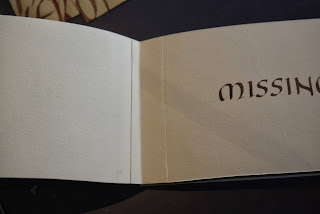I am doing my heraldry backwards! By that I mean I have just started a CLAS Certificate of Skills course in Heraldic Arts, with the hugely talented Tim Noad. He and I are members of Oxford Scribes and we have 7 other members on the course and 4 other CLAS members joining us.
We started two weeks ago looking at how to draw a shield correctly and then how to do it in paint with a ruling pen. Try as I might there is always an inaccuracy in my drawing. I am working on the homework now. Here are the early examples:
and some I did earlier - I'll show the finished ones later...
The backwards bit comes because I have just finished an Affiliation Scroll for the Worshipful Company of Leathersellers. It has been a very steep learning curve and I have had advice from Tim through the roughs stages and the final piece. I couldn't have done it without him. The nearest equivalent commission I have had was to do the Freedom Scroll for Jenson Button's Freedom of Frome which I completed while I was studying part-time at Reigate with Gerald Mynott:
This is Heather Child's version of the Leathersellers Arms
My first go at the arms drawn larger than finished size
Practise version number two - I have corrected the number of sections on the crest to six, changed the motto scroll to a much better shape and changed the colour of the lining of the helm and the scroll so there is not so much red. I used Winsor blue with a touch of zinc white. I had the roe deer looking at you because that is how it is on a tapestry at the Leathersellers and on their website but I was advised that I should not change it - there is so much to learn with heraldry about what you can and can't modify! I have stylized the mound after Tim showed me some had done.
My practise version of 1st the Queen's Dragoon Guards Badge:
The three roughs I produced - the bottom one was chosen
This is the second actual size practise version done on HP paper using gouache not real gold:
At last I was ready to start on the vellum. I had a lovely skin from Cowley's. The lady I dealt with
had been trained with the help of funding from the Leathersellers so I could trust her to select me an ideal skin and it saved me a very long drive to Newport Pagnell.
So after tracing everything out using Armeniam bole on a sheet of tracing paper, I started as traditionally done, with the lettering. It is a delight to write on vellum and it always seems to look better than the practise one - thank goodness!
Next job is the coloured lettering:
Then I did the gold lettering using Ormoline - it did not go well and all needed scraping back - the lettering just wasn't sharp enough. I took to Facebook and got advice from Canada, London and Australia!
Now it's time for the gesso - I used a batch I had used before with success:
Transfer and loose-leaf gold applied, shell gold for the flat areas e.g. the deer and the re-done lettering and then time to start the fun bit - painting...
Here is the finished result - only about 4 months work!






















































